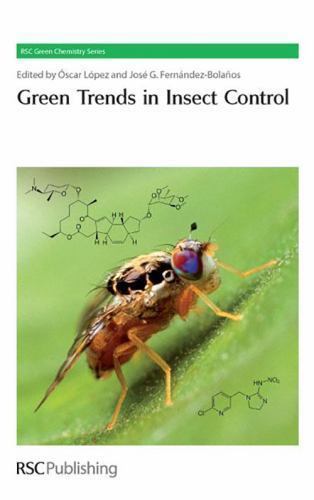Picture 1 of 1

Stock photo

Picture 1 of 1

Stock photo

Issn Ser.: Green Trends in Insect Control by Jose Fernandez-Bolanos (2011, Hardcover)

BOOKS etc. (565453)
99.6% positive Feedback
Price:
£99.73
Free postage
Returns:
60 days return. Buyer pays for return postage. If you use an eBay delivery label, it will be deducted from your refund amount.
Condition:
ISBN-13: 9781849731492, 978-1849731492. An overview of the recent advances in insecticide chemistry is also included, which will be of interest to a vast group of researchers - agrochemists, biochemists, chemists and toxicologists.
Oops! Looks like we're having trouble connecting to our server.
Refresh your browser window to try again.
About this product
Product Identifiers
PublisherRoyal Society of Real Chemistry, T.H.E.
ISBN-101849731497
ISBN-139781849731492
eBay Product ID (ePID)108517658
Product Key Features
Number of Pages374 Pages
LanguageEnglish
Publication NameGreen Trends in Insect Control
SubjectPest Control, Agriculture / Agronomy / Crop Science, Chemistry / Environmental (See Also Environmental Science), Chemistry / Industrial & Technical
Publication Year2011
TypeTextbook
AuthorJose Fernandez-Bolanos
Subject AreaTechnology & Engineering, Science
SeriesIssn Ser.
FormatHardcover
Dimensions
Item Height1 in
Item Weight76.1 oz.
Item Length9.2 in
Item Width6.1 in
Additional Product Features
Intended AudienceScholarly & Professional
All listings for this product
Be the first to write a review























